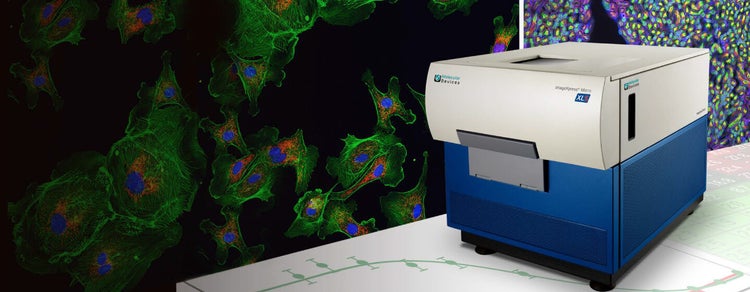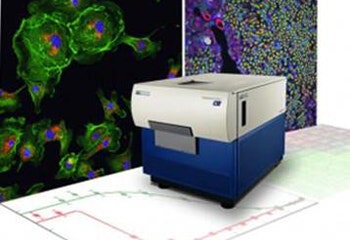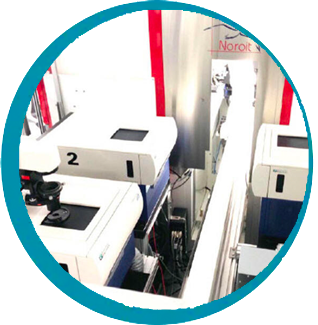

ImageXpress Micro XLS Widefield High-Content Analysis System
ImageXpress Micro XLS has been replaced by the ImageXpress Micro 4 High-Content Imaging System
The ImageXpress Micro XLS High-Content Analysis System is a legacy product and has been replaced by the ImageXpress Micro 4 High-Content Imaging System.
The ImageXpress Micro 4 represents the culmination of four generations of imaging expertise. This highly configuralble widefield imager offers greater speed and flexibility, with the option to upgrade to confocal in the future and expand alongside your research.
The following information and resources are provided for your reference only. We will continue to offer support and service for our legacy products. Should you need assistance or would like to discuss your imaging solution, please contact our customer support team.

ImageXpress Micro 4 High-Content Imaging System

Gustave Roussy Cancer Center uses the ImageXpress Widefield Systems to assess mechanisms of cell stress and death in cancer treatment

SENS Research Foundation uses the ImageXpress Micro Widefield system to speed up cancer research 20 times

University of Zurich uses the ImageXpress Widefield System to investigate host pathogen interactions

Vanderbilt Institute of Chemical Biology uses the ImageXpress Widefield system for biological screening and drug discovery
Latest Resources
Featured Applications

3D Cell Models
Development of more complex, biologically relevant, and predictive cell-based assays for…

Cell Line Development
Stable cell lines are widely used in a number of important applications including biologics (e.…